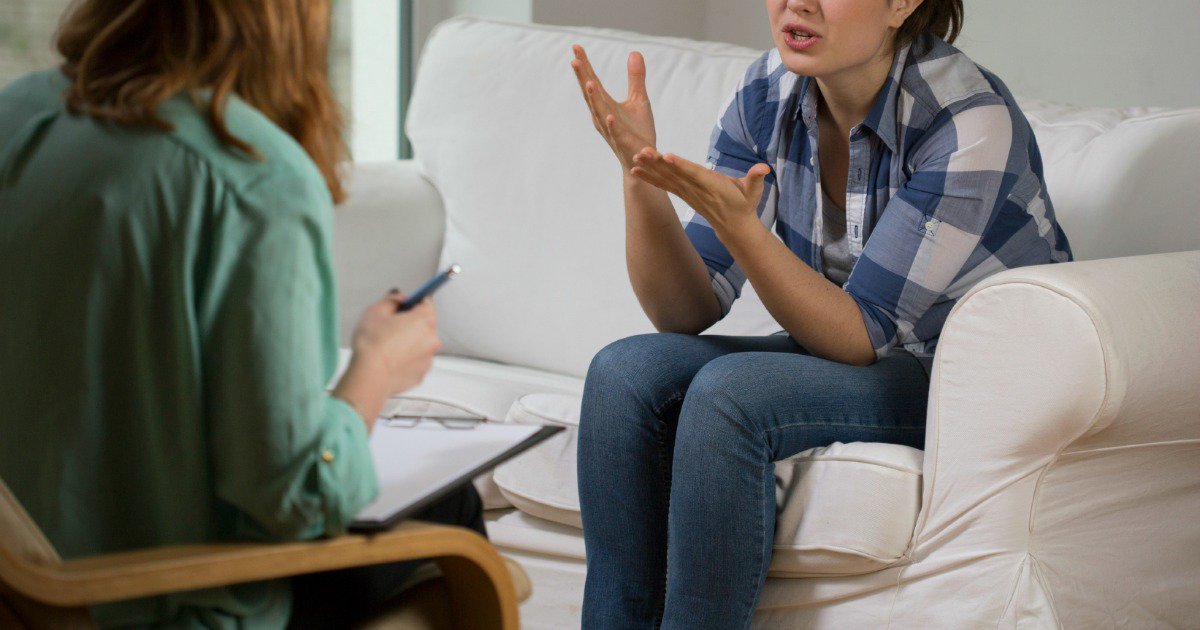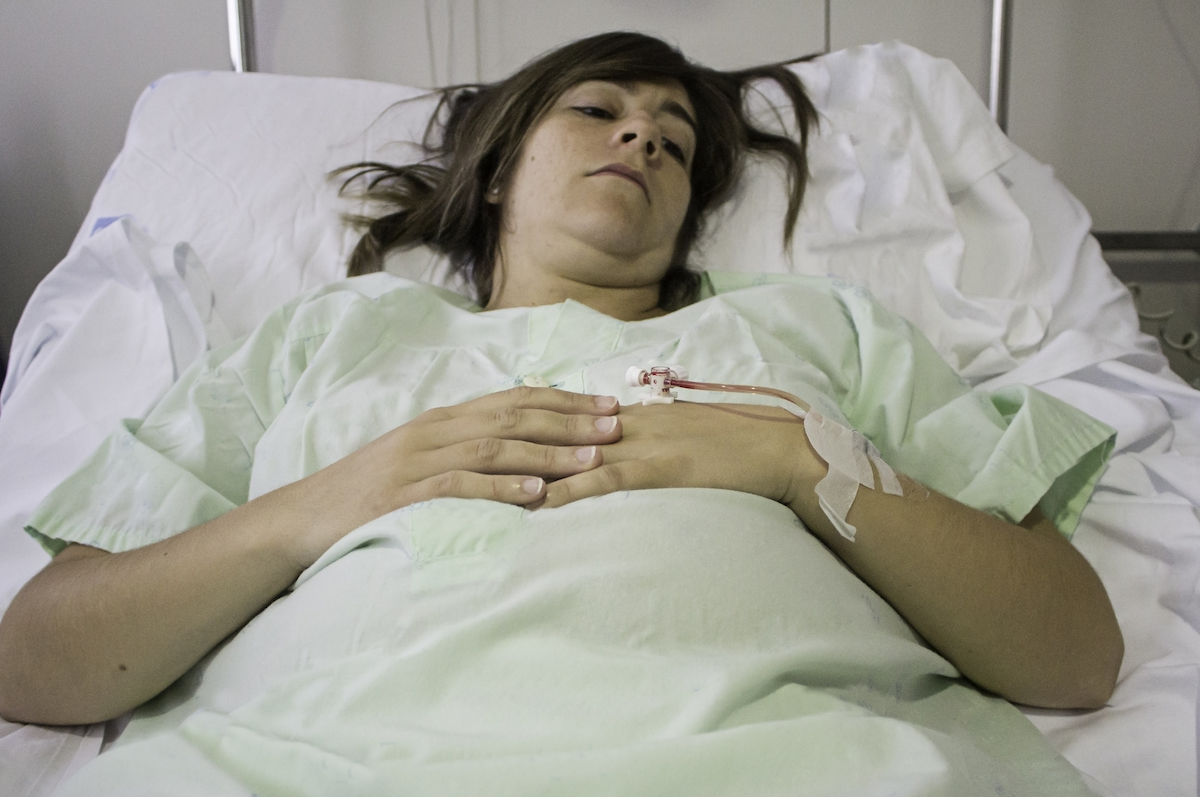How To Effectively Treat Vaginismus
Vaginismus is a condition many individuals don't know about, but it affects a great deal of the population. This medical condition has an effect on a woman's ability to withstand vaginal penetration. Manual penetration, sexual intercourse, insertion of menstrual cups and tampons, and gynecological examinations can all be affected through the condition. Vaginismus occurs when the vaginal muscle spasms involuntarily, which causes all vaginal penetration to become either painful or impossible. There is no evidence currently available to explain which specific muscle causes the contraction, though a variety of muscles are suspected to be the root cause. Women with vaginismus do not have conscious control over the muscle spasm. The vagina reflexively spasms, similarly to how an eye will close when it senses an object moving toward it. The severity of the spasm and subsequent pain varies widely from patient to patient.
Diagnosing Vaginismus

There are two main types of vaginismus: primary and secondary vaginismus. With primary vaginismus, a woman has never achieved vaginal penetration, and with secondary vaginismus, vaginal penetration has been achieved once, but it is not possible any longer due to extenuating circumstances. Involved factors might be radiation, trauma, or gynecologic surgery, and women sometimes develop vaginismus following menopause. Diagnosing vaginismus typically begins with a description of the symptoms. The doctor will ask questions about a patient's sexual history, when they noticed there was a problem, and how often the problem occurs. Concrete diagnosis and treatment generally require a pelvic exam. A doctor should be as gentle with their exam as possible. It's often helpful to suggest the patient guide the doctor's hand or their medical instrument to reduce potential pain. Doctors can explain each step of the exam as they perform it. A doctor is mainly looking for signs of scarring and infection. If an individual has vaginismus, there won't be another apparent cause.
Continue reading to learn about psychological treatment for vaginismus.
Psychological

There is a psychological component to vaginismus treatment, and most patients undergo counseling and sex therapy as part of their treatment plan. They will be educated about different aspects of intercourse, including receiving an explanation of what happens when sexual arousal occurs, along with what happens during intercourse itself. Patients will be given information regarding the muscles involved in the condition. A patient might receive counseling sessions either alone or with their partner. It's often helpful to use a counselor whose specialization is in sexual disorders. Certain relaxation techniques might promote relaxation to help a person feel at ease with intercourse. Hypnosis is another potential option.
Continue to get the details on physical treatment for this condition.
Physical

The physical symptoms must be treated as well, and one of the tools a patient's counselor or doctor might recommend is a vaginal dilator. These tools should be used with a professional's supervision. The patient will place the dilators inside their vagina. These cone-shaped dilators progressively become bigger, and this process allows the vaginal muscles to stretch and increase their flexibility. For better intimacy prospects, a patient might have their partner help with insertion. After the woman completes treatment using the dilators, they might attempt intercourse with their partner again. Kegel exercises are also helpful for the physical component. To engage in Kegel exercises, you must repeatedly relax and tighten the muscles in your pelvic floor. These muscles control your bladder, rectum, and vagina.
Continue reading to learn about neuromodulators next.
Neuromodulators

Neuromodulators are medications and chemical therapies that assist in treatment. In some circles, Botox has been considered for treatment. The concept is a Botox injection will temporarily reduce the rate of hypertonicity found in the pelvic floor muscles, but to date, no controlled trials have been completed regarding this treatment. However, experimental studies have been done using small sample sizes, and these studies show the process is effective. Patients who used Botox had positive results throughout ten months of treatment. Another experimental option is lidocaine, which is applied and used in the same manner as Botox. When the condition is partially or fully psychologically-based, patients will often take antidepressants and anti-anxiety medications, which are prescribed for use as part of a comprehensive psychotherapy treatment plan, typically including counseling and therapy. Even if the condition itself is not psychologically-based, some patients experience high anxiety levels because of the condition, and anti-anxiety medications can help with this. There are no consistent studies showing results regarding these methods.
Continue reading to learn more.
Epidemiology

The condition's epidemiology is largely unstudied. Diagnosing said condition requires that women undergo a painful examination, and most women prefer to avoid this. The data about the condition has primarily been given through statistics reported by various clinical settings. One study of the condition in Sweden and Morocco found about six percent of the population was affected. When Australian and British studies were done, eighteen to twenty percent of respondents had pain in intercourse. In 1990, a study found women reported vaginismus at rates from twelve to seventeen percent. In 1994, a random sampling was given a structured interview. Between ten and fifteen percent of respondents stated they had had painful intercourse at some point during the prior six months. In the most recent studies, experts estimate vaginismus affects anywhere from five to forty-seven percent of individuals who complain of sexual problems or present for sex therapy. There are, however, some significant differences across different cultures. For this reason, it's reasonable to assume societal expectations of sexuality might have a particularly large impact on women who suffer from vaginismus.